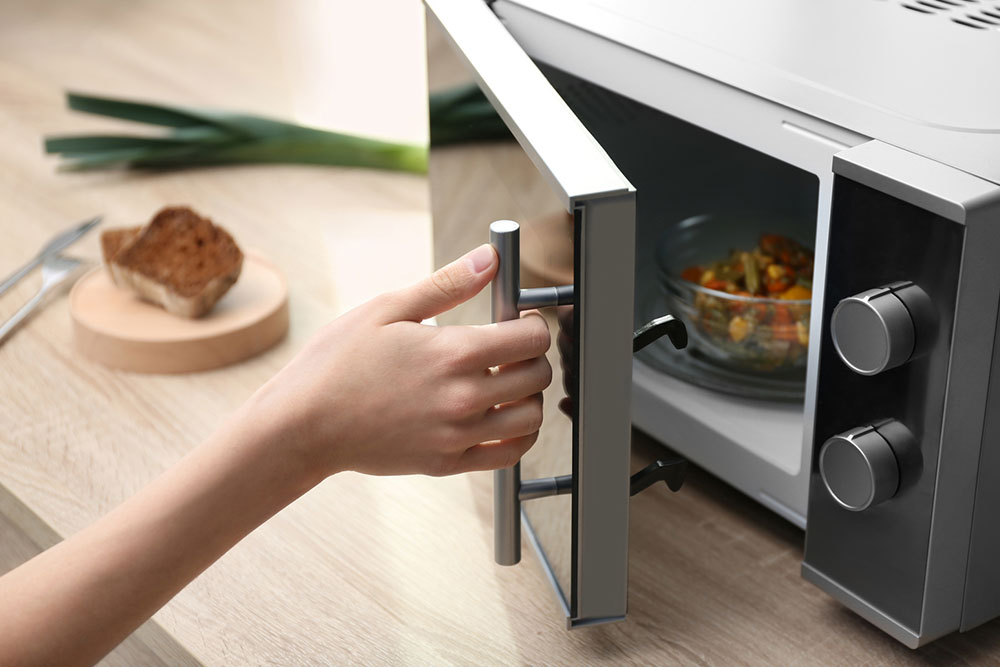7 mistakes that can damage the oven

Oven is one of the most essential and frequently used kitchen appliances. It makes baking and roasting easy and worthwhile. But sadly, some might making certain mistakes while using ovens, which could do more harm than good. To make sure the oven works efficiently and to enhance its durability, it is important to follow correct using and cleaning practices. Further, avoiding some common mistakes will also ensure one is not unintentionally damaging the oven.
Skipping the preheat
One of the basic rules of oven use is to preheat it before placing food inside. Preheating ensures that the oven reaches the correct temperature for cooking. Placing food in an oven that hasn’t reached the required temperature can lead to uneven cooking. Baked goods might not rise properly, and meats may cook unevenly, leading to undercooked or overcooked portions. To avoid this, always wait for the oven to signal that it has reached the desired temperature before placing any dish.
Overcrowding the oven
When one overcrowds the oven, air circulation is restricted. This can lead to uneven cooking. Each plate or baking tray needs space around it to enable appropriate and even circulation of the hot air . Overcrowding can cause some items to cook faster than others. It can also result in burnt edges and raw centers. To prevent this, make sure there’s ample space between dishes and avoid filling every rack in the oven. If one needs to cook multiple items, they should consider cooking in batches. Alternatively, using a convection setting can be helpful for bulk cooking. It helps distribute heat more evenly.
Leaving the racks in
Many people forget to take the racks out when they start the self-cleaning cycle on the oven. This mistake can impact the durability of the baking racks. It is also important to remove the rack beforehand so that the oven is not saturated with the smell of harsh chemicals. If the racks are left in, they accumulate the residue of the chemical. This accumulation can make the appliance smell after every single use. So, it’s best to clean the metal racks outside. Just put some dish soap in a pot of boiling water and leave the racks to soak. If there are no large pots, use the kitchen sink or the bath tub. Leave them in for a couple hours. Then, clean them with a brush and make sure they are rinsed and dried properly before placing them back in the oven.
Using the wrong bakeware
The type of bakeware one uses can significantly impact the outcome of their cooking. Dark, non-stick pans absorb heat instantly and can cause food to brown quickly. At times, the bottom of these pans might even burn before the food has completely cooked. On the other hand, glass and ceramic bakeware retain heat longer. They can also continue the cooking process of the food even after it is removed from the oven. Always consider the material of the bakeware being used, and accordingly, adjust cooking times and temperatures. When in doubt, check the recipe’s recommendations to get the best results and avoid having to clean up any messes later on.
Not preheating properly
Baking is an art and a science, which is especially complicated when it comes to breads and pastries. One would need to ensure that the oven has achieved the right temperature before putting in the cakes, pastries, and the breads. To ensure bakery items rise and become fluffy , it is essential for the steam to react with the food ingredients. Popping the goods in a cold oven can be a far bigger disaster than one would imagine. It can be bad for savory foods too. For roasts to get the caramelized texture and coating they need, a hot oven and steam are important. It is also essential for the meat to turn brown and achieve the meaty flavor. This is possible with the Maillard reaction, a chemical reaction of amino acids and proteins. So, not preheating the appliance optimally is a common mistake to avoid while using ovens.
Peeking often
The excitement to take a peek inside while something is baking is far too high to ignore. But, the problem arises when people keep opening the oven door often to take a look. It is easy to avoid the frequent door opening by keeping a clean oven window. Lax cleaning practices after roast downs can leave the windows grimy. This will prevent one from peeking in the window and call for the door to be opened frequently. Every time the door opens the oven loses valuable temperature. This loss of heat can turn a baked good, especially a cake into a disaster. If the food needs to be turned over, pull the dish out, shut the door, do the deed, and then replace the dish inside. This will prevent heat loss and ensure the food is not spoiled or the cooking time is not prolonged just because one wants to keep checking on their food frequently.
Incorrectly using aluminum foil
Aluminum foil can be both a help and a hindrance in the kitchen. It’s useful for covering dishes to prevent over-browning or for easy cleanup. At the same time, its incorrect use can affect one’s cooking performance. Remember to never line the bottom of the oven with foil. It it can block airflow and affect heating of the appliance. In addition to this, placing foil directly on oven racks can disrupt heat distribution. If one needs to cover a dish, they should do so loosely. This helps allow air circulation and avoid contact with heating elements.

